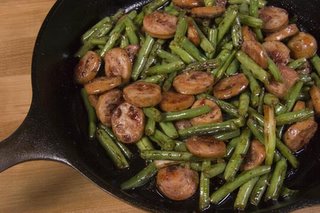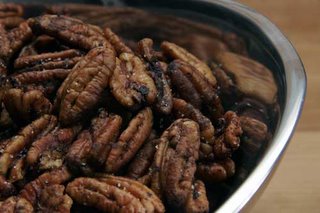Extended Hiatus
To my faithful readers (all six of you!), I obviously have not paid much attention to this blog over the last couple of months. I blame a time-consuming but enjoyable job and a renewed focus on my other love, photography.
I was lucky enough to get two of my Holga images selected for a juried show as part of Houston's FotoFest celebration, and since then I've been asked to be a featured artist for a toy camera magazine. Never one to look a gift horse in the mouth, I've turned my non-work energies to shooting and processing film. Go here if you'd like to look at a few images of mine in a gallery on a toy camera site.
I really like blogging about cooking (I still cook almost every day) so I'll leave this blog live but probably won't post again for several months. Eat well and see you later!
I was lucky enough to get two of my Holga images selected for a juried show as part of Houston's FotoFest celebration, and since then I've been asked to be a featured artist for a toy camera magazine. Never one to look a gift horse in the mouth, I've turned my non-work energies to shooting and processing film. Go here if you'd like to look at a few images of mine in a gallery on a toy camera site.
I really like blogging about cooking (I still cook almost every day) so I'll leave this blog live but probably won't post again for several months. Eat well and see you later!






